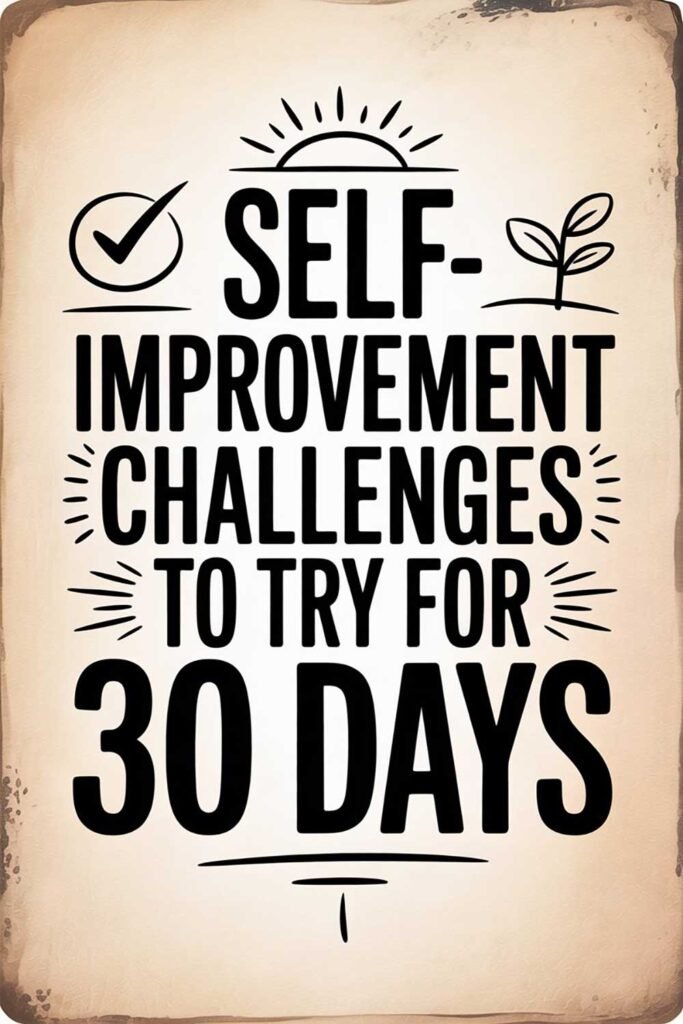
If you know someone who could benefit from this article, please share it with them. Overcoming procrastination can unlock their potential and lead to greater success and satisfaction.
Overcoming Procrastination: Tips and Techniques
Understanding Procrastination
Procrastination is the act of delaying or postponing tasks, often opting for less urgent but more pleasurable activities instead. While it’s a common behavior, chronic procrastination can hinder personal growth, productivity, and mental well-being.
Why Do We Procrastinate?
- Fear of Failure: Worry about not meeting expectations.
- Perfectionism: Feeling that the work must be flawless before starting.
- Overwhelm: Facing tasks that seem too big or complicated.
- Lack of Motivation: Not feeling connected to the task’s purpose.
- Instant Gratification: Choosing immediate rewards over long-term benefits.
Recognizing why you procrastinate is the first step to overcoming it.
The Cost of Procrastination
- Reduced Productivity: Tasks pile up, creating stress and inefficiency.
- Missed Opportunities: Delays can result in lost chances or unmet goals.
- Lowered Self-Esteem: Procrastination can lead to feelings of guilt and inadequacy.
- Increased Stress: Deadlines loom closer, causing anxiety and rushed work.
Tips and Techniques to Overcome Procrastination
1. Break Tasks into Smaller Steps
Large tasks can feel overwhelming. Divide them into manageable chunks and tackle them one at a time.
- Example: Instead of writing an entire report, start with creating an outline.
2. Set Clear Goals
Define exactly what you need to accomplish and why it’s important.
- SMART Goals: Ensure your goals are Specific, Measurable, Achievable, Relevant, and Time-bound.
3. Use Time Management Techniques
- Pomodoro Technique: Work for 25 minutes, then take a 5-minute break.
- Time Blocking: Schedule specific times for focused work.
- Two-Minute Rule: If a task takes less than two minutes, do it immediately.
4. Create a Dedicated Workspace
Set up a distraction-free environment that supports focus and productivity.
- Tips:
- Remove clutter.
- Turn off notifications.
- Use tools like noise-canceling headphones if needed.
5. Prioritize Tasks
Focus on the most important and impactful tasks first. Use the Eisenhower Matrix to categorize tasks by urgency and importance.
6. Find Your Motivation
Connect tasks to a larger purpose or goal to make them feel more meaningful.
- Ask Yourself:
- How does this task contribute to my long-term goals?
- What benefits will I gain by completing it?
7. Reward Yourself
Create incentives for completing tasks to make the process enjoyable.
- Example: After finishing a task, treat yourself to a favorite snack or activity.
8. Overcome Perfectionism
Remember that done is better than perfect. Focus on progress, not perfection.
- Mantra: “Imperfect action is better than no action.”
9. Use Accountability
Share your goals with a friend, mentor, or colleague who can help keep you accountable.
- Pro Tip: Join a productivity group or find an accountability partner.
10. Visualize Success
Imagine the positive outcomes of completing your tasks. Visualization can increase motivation and focus.
11. Reflect on Your Patterns
Keep a journal to identify when and why you procrastinate. Use this insight to adjust your habits.
Strategies for Long-Term Change
1. Build Better Habits
Develop routines that promote consistency and reduce decision fatigue.
- Example: Start your day with a morning planning session.
2. Learn to Say No
Avoid overcommitting to tasks that don’t align with your priorities.
- Example: Politely decline requests that distract from your goals.
3. Practice Self-Compassion
Acknowledge that everyone procrastinates at times. Treat yourself with kindness and focus on improvement.
4. Seek Professional Help if Needed
If procrastination severely impacts your life, consider working with a coach or therapist to address underlying issues.
Practical Exercises
- Task Breakdown: Write down a large task and divide it into smaller, actionable steps.
- Daily Prioritization: At the start of each day, list your top three priorities.
- Progress Tracking: Use a journal or app to track completed tasks and reflect on your progress.
- Visual Reminders: Place motivational quotes or images in your workspace to inspire action.
Picture This
Imagine tackling your to-do list with confidence and focus. Tasks are no longer sources of stress but opportunities for growth and achievement. With each completed task, you feel a sense of accomplishment and control over your time. What step will you take today to overcome procrastination?






